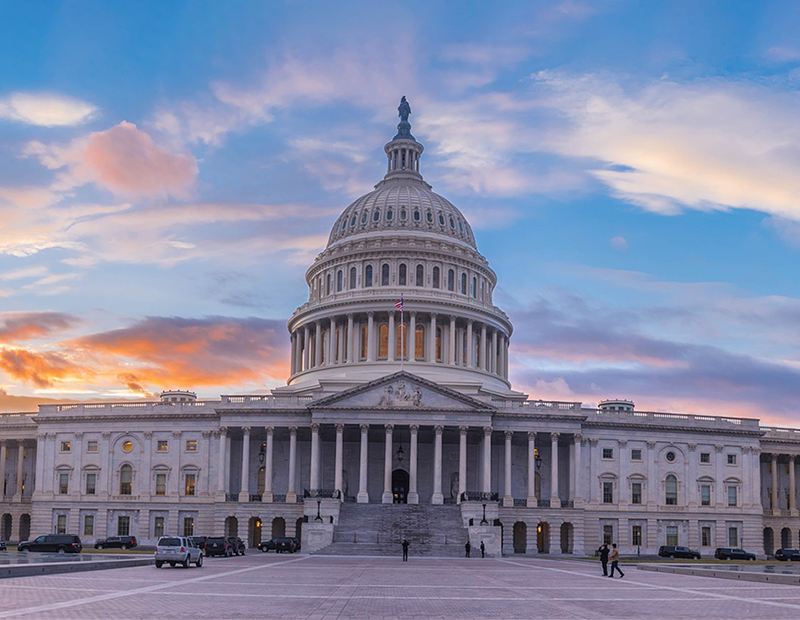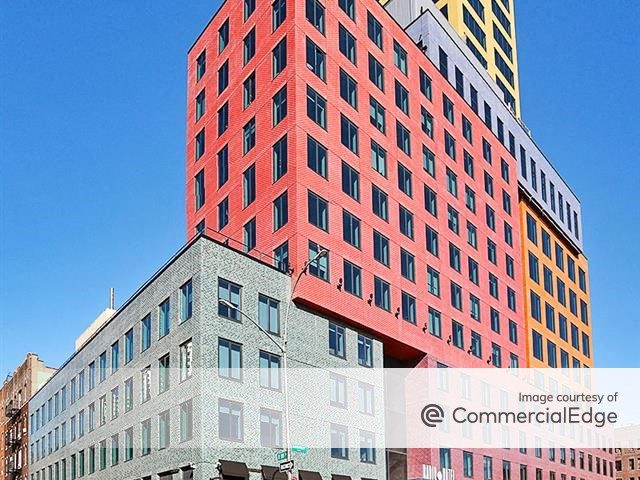$2T Package Becomes Official as Social Distancing Here to Stay
The relief bill will provide a much-needed stopgap, but given the scale of the crisis, further measures will likely be necessary.
The U.S. House of Representatives passed the historic $2 trillion stimulus package on Friday, with President Trump signing it into law just hours later. On Sunday, the President also extended federal social distancing guidelines to the end of April. As the unprecedented health crisis is unfolding, the package is providing a much-needed stopgap, albeit experts are expecting more to come.
The $2 trillion bill outlines $350 billion in loans to small businesses, with additional billions in debt relief on existing loans. Meanwhile, the bulk of the $500 billion in corporate aid will be aimed at backstopping Federal Reserve loans, with $17 billion for assistance to firms considered essential to national security.
READ ALSO: CPE’s Coronavirus Coverage, Updated Daily
On top of other provisions, the bill includes grants for passenger air carriers ($25 billion), air-cargo carriers ($4 billion) and contractors ($3 billion), as well as loans and loan guarantees. Health-care providers will be able to access $100 billion in grants, with an additional $16 billion going toward developing a medical equipment reserve.
Is the package enough?
While the stimulus package is extensive, some industry groups are concerned it may not be sufficient. The Mortgage Bankers Association, for example, while applauding the small business loans, unemployment expansion and direct payments to residents, would like to see the accommodations extended throughout the lending chain. Renters and owners will get assistance, for example, but the bill does not assist loan servicers who must still pay bondholders.
“A lot of non-banks will need liquidity facility to advance those payments,” said Michael Flood, MBA’s vice president of Commercial/Multifamily Policy and Membership Engagement. “Without the facility, the construct the government set up won’t work.”
MBA would also like to see rental assistance extended to more renters. “Section 8 is a great start, but that should really be expanded to help as many people as humanly possible,” Flood added.
They also call for a subsidy for owners whose business insurance policies do not cover pandemics and the extension of the Term Asset Backed Securities Facility 2.0—the Fed this week revived the TALF program for multifamily MBS—to Triple A CMBS—private label CMBS in order to help more small businesses in secondary and tertiary markets.
Sizing up the crisis
The $2 trillion stimulus package comes as unemployment claims skyrocketed to 3.3 million according to the Labor Department’s latest report, almost five times the previous record of 695,000, dating back to October 1982. Compared to the previous report, unemployment claims jumped more than 1,000 percent, a direct effect of social distancing and other COVID-19 related measures, which sent shock waves across the economy.
The support from loan guarantees available through the Treasury is set to provide much-needed help on the hospitality side, which is facing a deep crisis, as occupancy and revenue are declining at an accelerated rate.
As of early Monday morning, the U.S. had recorded more than 140,000 confirmed coronavirus cases, topping Italy, China and Spain, according to data compiled by Johns Hopkins University. Around the world, 723,740 people had been confirmed positive for the virus.
*The piece was updated on 3/27 and 3/30 to add commentary and reflect the latest developments.








You must be logged in to post a comment.